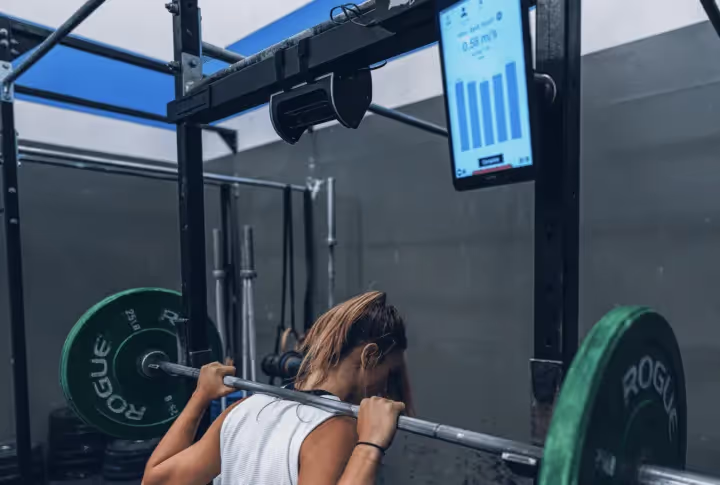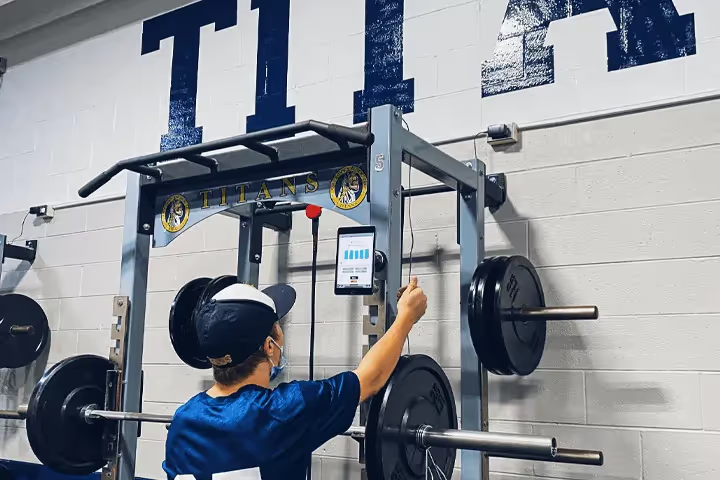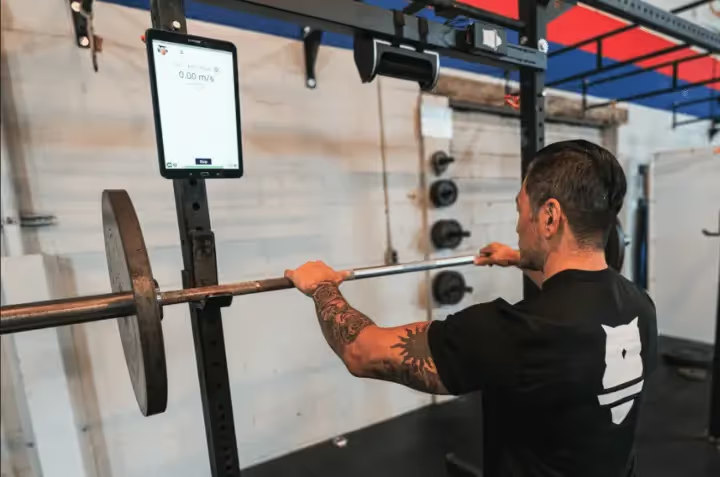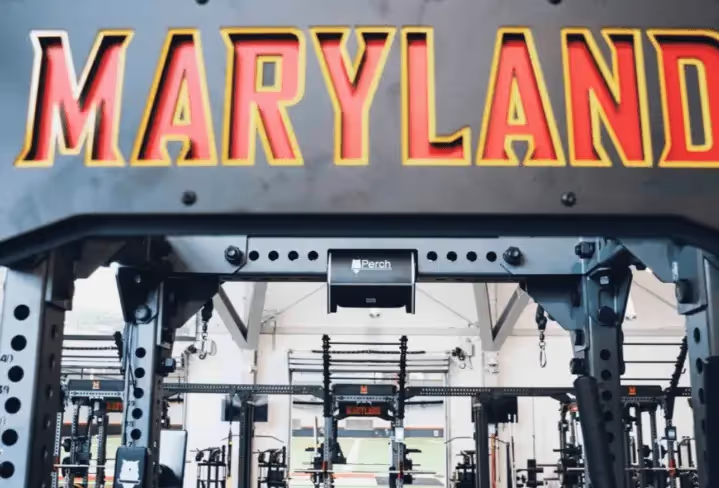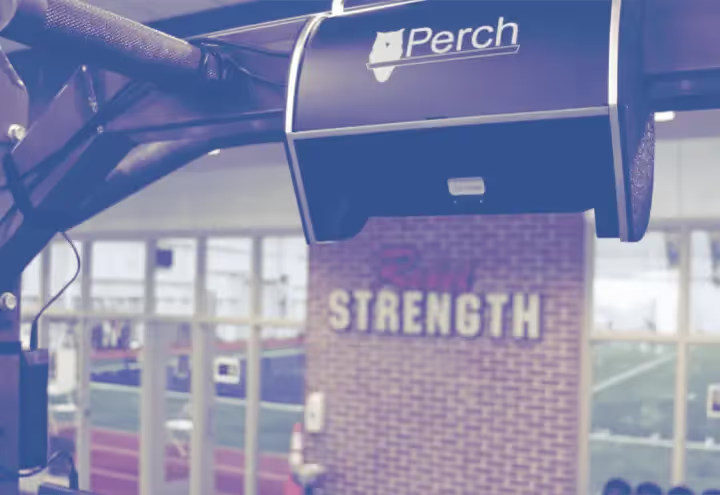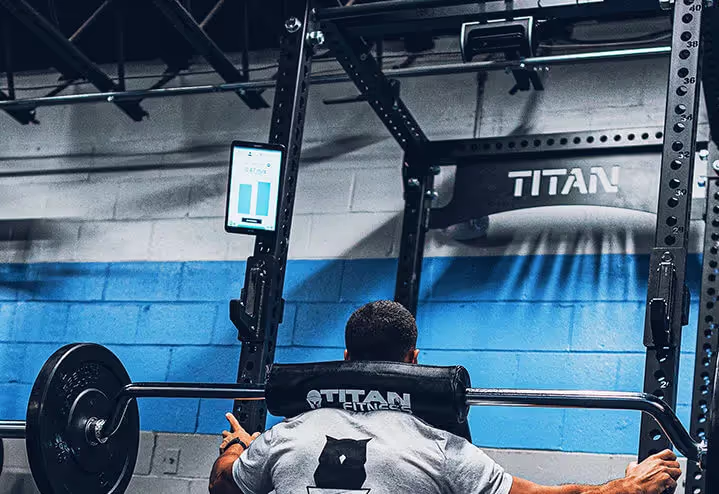VBT for Professional Athletes

Last week we talked about how Velocity Based Training fits into a collegiate athletic environment . We got some great feedback on it and wanted to build it into a five part series on VBT for specific populations. This week we’ll be talking about VBT for professional athletes; the unique circumstances that make up their lives and how VBT can help optimize performance despite the many day to day obstacles pro athletes encounter.
THE OBSTACLES
Like any professional career, athletes have innumerable components to consider with their jobs. To name just a few:
- Hiring/Firing, contracts, and job security
- Traveling for work and for fun
- Family, friends, and work/life balance
- Financial planning, considerations, and stability
- Overall stress and workload in addition to long term health considerations

Performance is key in most professional careers, and it is not so different in athletics. The primary difference is that in order to perform, athletes must be at the very top of their physical game, which involves a prerequisite and consistent level of fitness specific to their sport or position.
Professional athletics is a business in most regards. That business depends on performance and overall health and the individual athlete themselves. While front office individuals are ultimately the decision makers on who stays and goes and how to build the team, the support staff (athletic trainers, strength coaches, team physicians, sports psychologists) is who keeps the athletes in the organization healthy. The means by which they do this can be the difference in injury or health, performing or failing, and ultimately a job for the athlete or none.
TRAINING SHOULD ENHANCE PERFORMANCE
Training - be it sport specific or supplemental work in the weight room - should ultimately enhance the overall performance of an athlete. The training is the catalyst and the recovery process is what will yield the improvements in fitness levels and performance [1]. However, if the training stimulus is too great, it will take an individual longer to recover and potentially negatively impact performances for longer than necessary. In addition, providing a training stimulus too great can put an athlete at risk of overtraining or injury [1, 4].
Even for most experienced coaches, it can be hard to pinpoint what the right training stimulus will be when athletes - especially professional athletes - have an exorbitant amount of stress placed on them every day. Travel, family, contracts, competitions, training sessions, the list goes on. With that in mind, having an additional set of eyes, or a data point used as a “sanity-check” of sorts can help coaches feel more confident in their training prescription.

VBT BENEFITS FOR PROFESSIONAL ATHLETES
Well prescribed Velocity Based Training can assist a practitioner in combating overtraining or injury by using data points to back up whether or not an athlete is training for the desired adaptation, assess daily readiness, and monitor fatigue through a session or season [1-2, 6-8]. It may not see everything and may not solve all problems, but it is another tool in the coaching toolbox that can help inform daily training loads.
Professional athletes have the longevity of their careers to think about, which is oftentimes a direct result of their overall health and wellness. While these two facets certainly overlap, the bigger payout is something to consider as well. Meaning that the healthier the athlete, the better the performances. The better the performances, the higher the demand. The higher the demand, the greater the revenue. Ultimately, training athletes for specific adaptations to enhance performances and minimize risk of injury can benefit not only the individual and their career, but also the overall athletic organization.
NO ONE RIGHT WAY
As is commonly said in strength and conditioning - there are a thousand ways to skin a cat. The way strength and conditioning has been administered to date has yielded vast improvements, reduced injury, and increased athletic performance [1, 4-8]. And coaches who are comfortable and confident in their programming and monitoring capabilities may be hard pressed to buy into the weight room technology surge.
While weight room technology seems to be in its infancy, trends indicate that analytics will only continue to infiltrate athletics in years to come [10]. And if you, as a coach, could use data points and potentially alter a training session to provide just the right stimulus for your athlete to elicit the adaptations that will enhance performances, why wouldn’t you? This could mean a healthier and more prepared athlete, greater performances, fewer injuries, and potentially even greater revenue for the athlete, coach, and organization.

CONCLUSION
There is no one right way to train athletes and it is doubtful there ever will be. Sport demands are variable, positional needs are variable, and athletes themselves are variable. Weight room data and specifically velocity based training can help pinpoint strengths and weaknesses in athletes, provide insight into daily readiness, and monitor longitudinal trends in athletic performances. It can help individualize athletic training at a moment’s notice and, when used appropriately, can help enhance the performance and career of a professional athlete.
OTHER RELEVANT POSTS!
Curious about the Coach's perspective on VBT? Check out our Coach's Corner series with pro league coaches!
Check out our Return To Play from Covid-19 series!
Read more about Perch here! And check out Product Videos here. And our support website here.
Back to basics? Review the origins of VBT and Strength Training!
SOURCES
- Baechle, T., Earle, R., & National Strength & Conditioning Association (U.S.). (2008). Essentials of strength training and conditioning (3rd ed.). Champaign, IL: Human Kinetics.
- Bourdon, P. C., Cardinale, M., Murray, A., Gastin, P., Kellmann, M., Varley, M. C., … Cable, N. T. (2017). Monitoring Athlete Training Loads : Consensus Statement Monitoring Athlete Training Loads : Consensus Statement. International Journal of Sports Physiology and Performance, 12(May), 161–170.
- Gonzalez-Badillo, J.; Sanchez-Medina, L. Movement velocity as a measure of loading intensity in resistance training. Int. J. Sports Med. 2010, 31, 347–352.
- Jidovtseff, B.; Harris, N.; Crielaard, J.; Cronin, J. Using the load-velocity relationship for 1rm prediction. J. Strength Cond. Res. 2011, 25, 267–270.
- Jiménez-Reyes, P., Samozino, P., Brughelli, M., & Morin, J. B. (2017). Effectiveness of an individualized training based on force-velocity profiling during jumping. Frontiers in Physiology.
- Jovanovich, M.; Flanagan, E. Research application of velocity based strength training. J. Aust. Strength Cond. 2014, 22, 58–69.
- Mann, B., Kazadi, K., Pirrung, E., & Jensen, J. (2016). Developing explosive athletes: Use of velocity based training in athletes. Muskegon Heights, MI: Ultimate Athlete Concepts.
- Mann, J. B., Thyfault, J. P., Ivey, P. A., & Sayers, S. P. (2010). The effect of autoregulatory progressive resistance exercise vs. linear periodization on strength improvement in college athletes. Journal of Strength and Conditioning Research.
- Thorpe, R. T., Atkinson, G., Drust, B., & Gregson, W. (2017). Monitoring fatigue status in elite team-sport athletes: Implications for practice. International Journal of Sports Physiology and Performance, 12, 27–34.
- Grand View Research, Inc. (2019, December 5). Sports Analytics Market Size Worth $4.6 Billion by 2025: CAGR: 31.2%: Grand View Research, Inc. Retrieved from https://www.prnewswire.com/news-releases/sports-analytics-market-size-worth-4-6-billion-by-2025--cagr-31-2-grand-view-research-inc-300969722.html

Start Gathering Data With Perch Today!
Reach out to us to speak with a representative and get started using Perch in your facility.

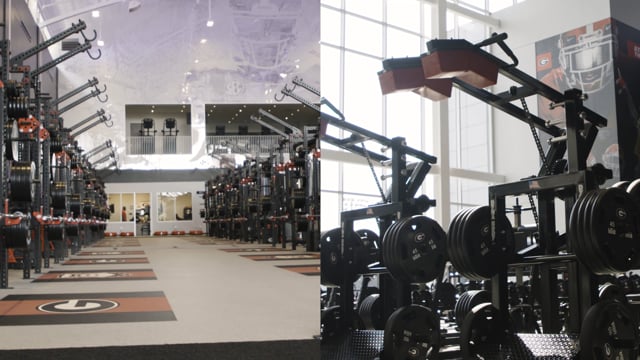
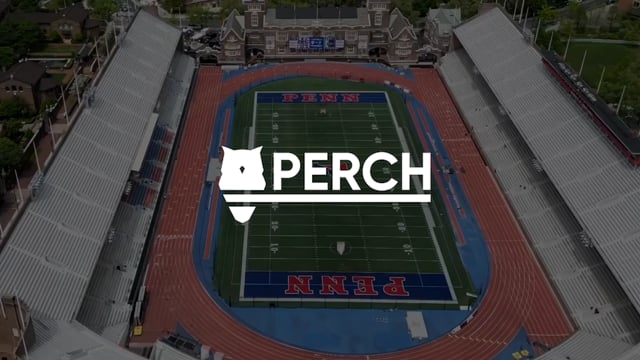



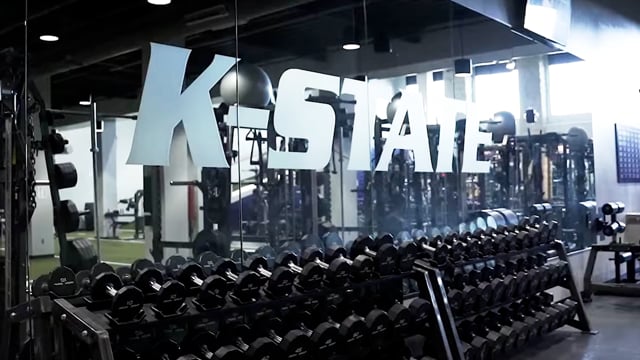


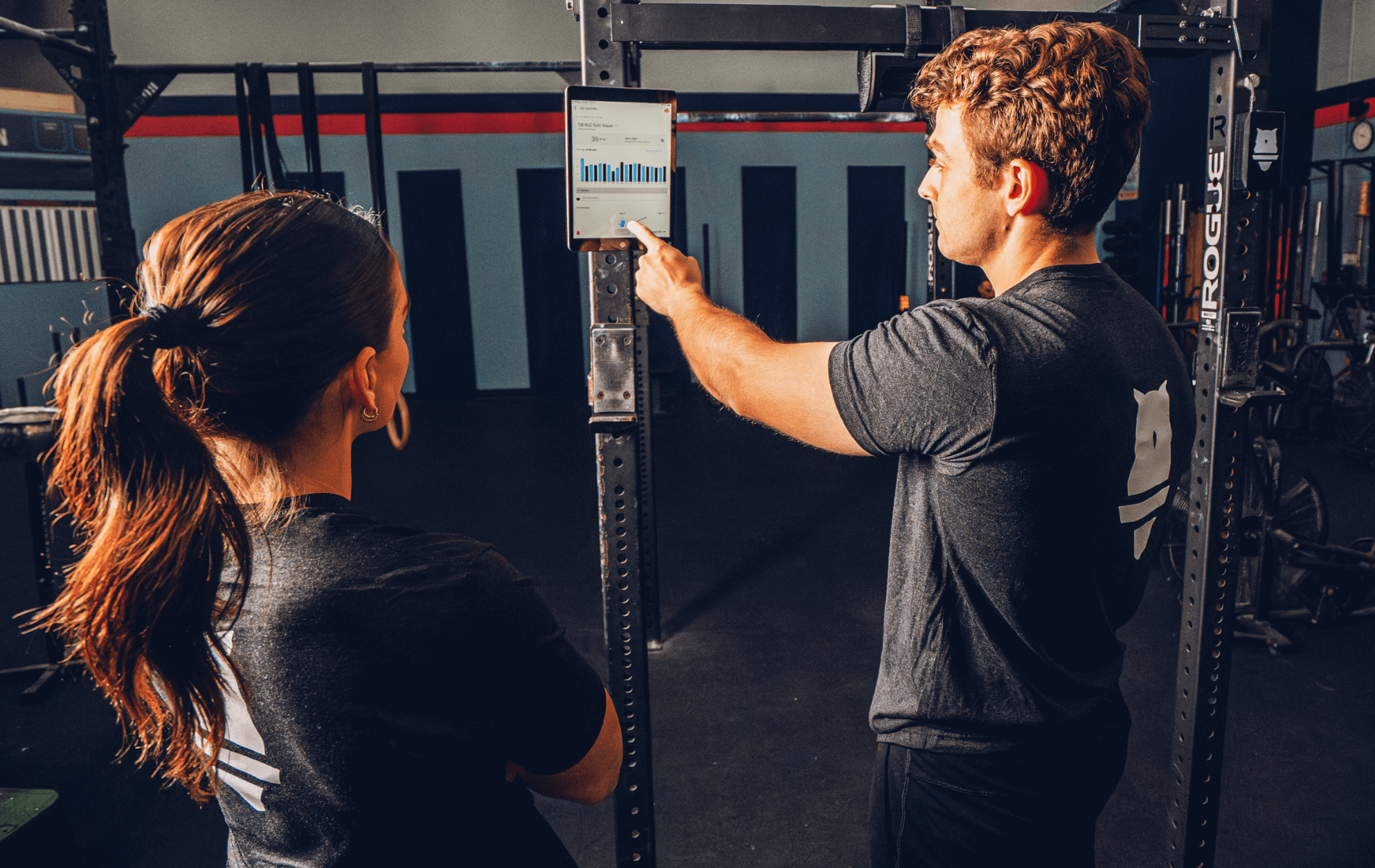
































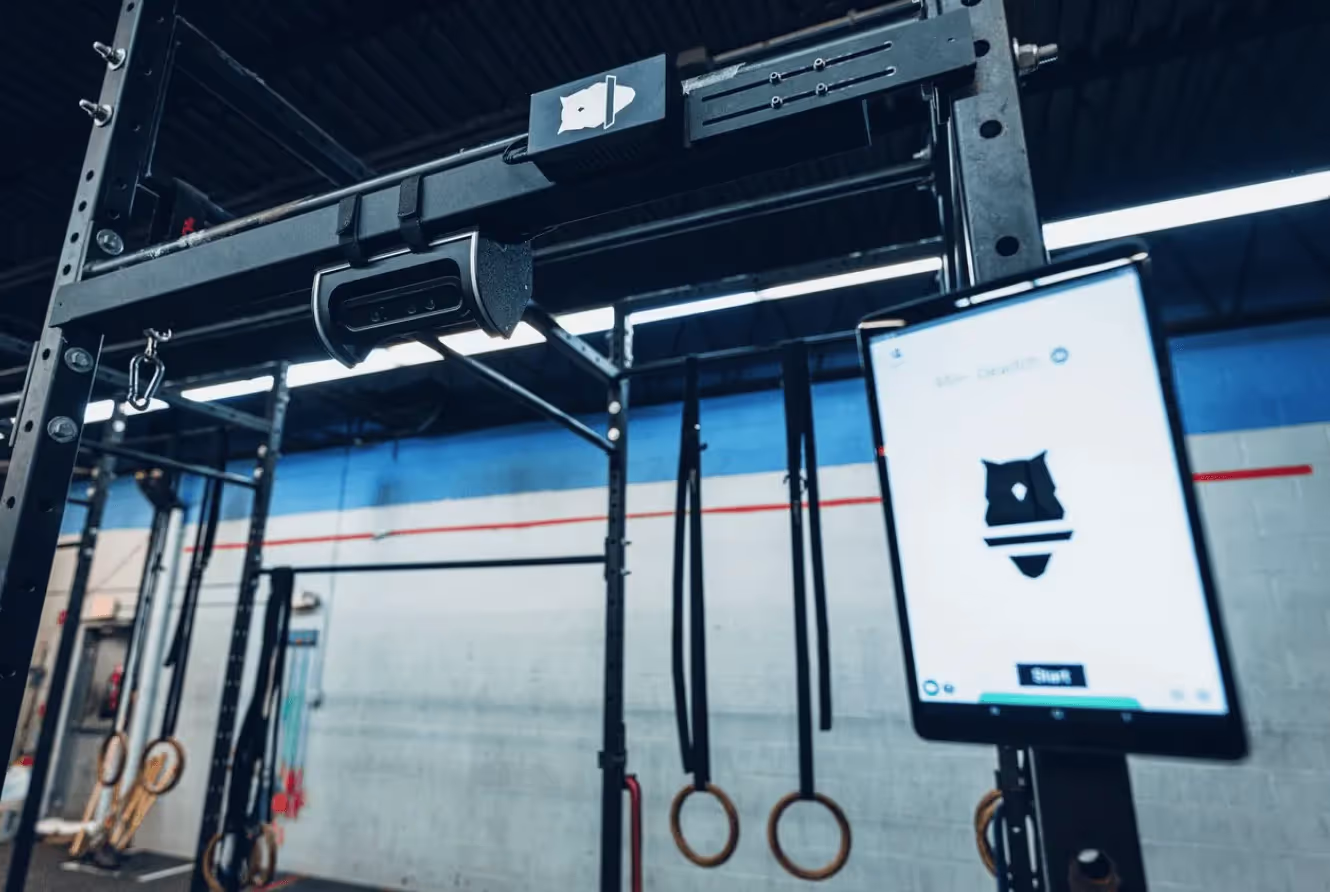
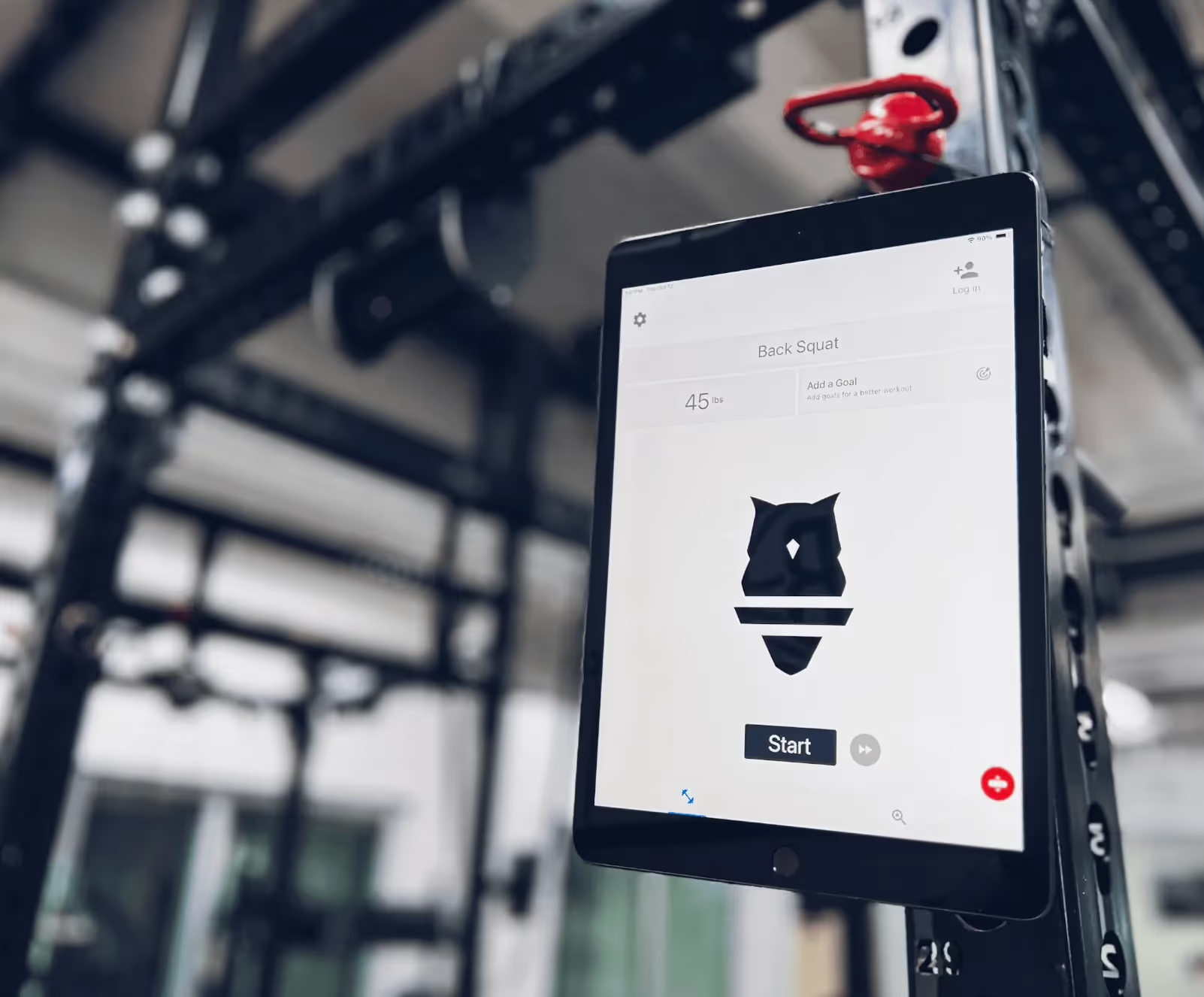



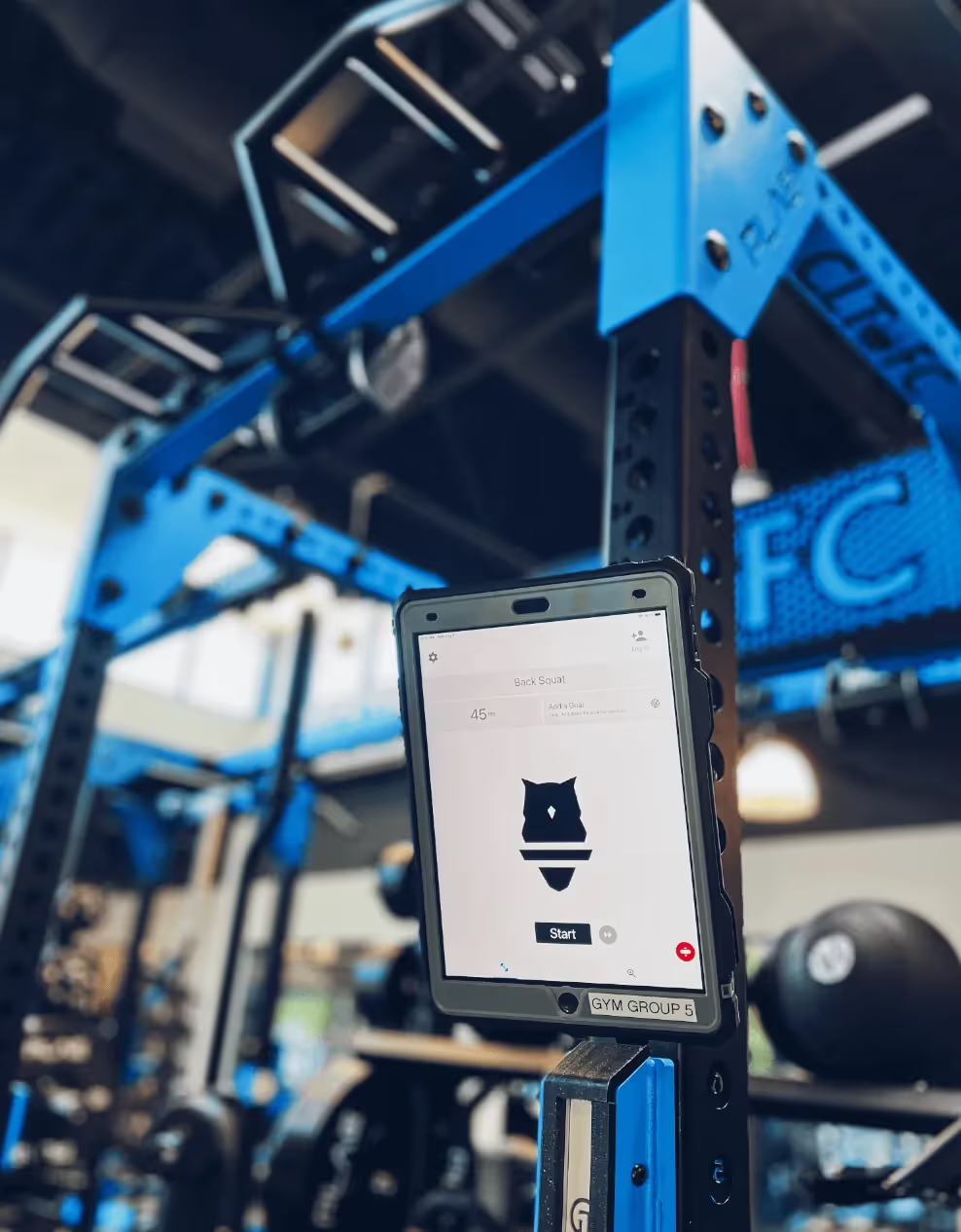
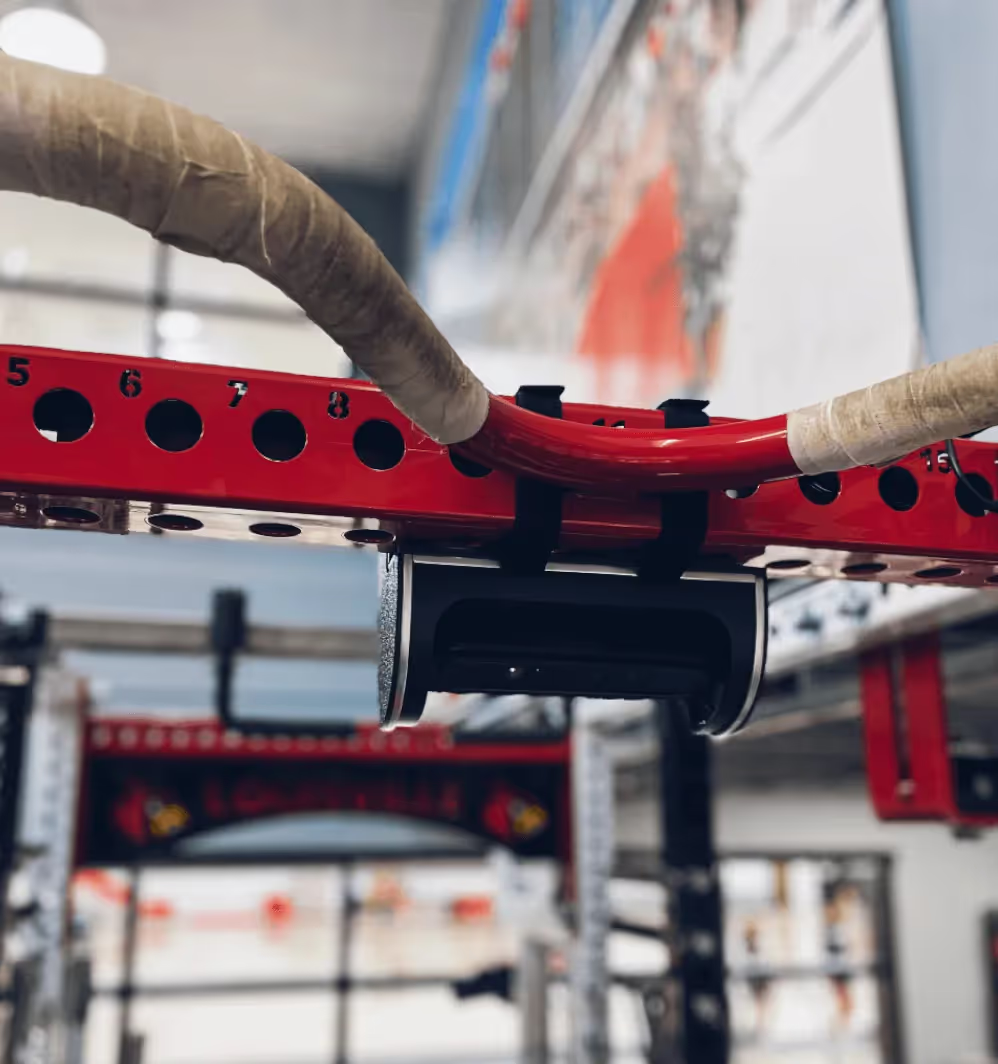






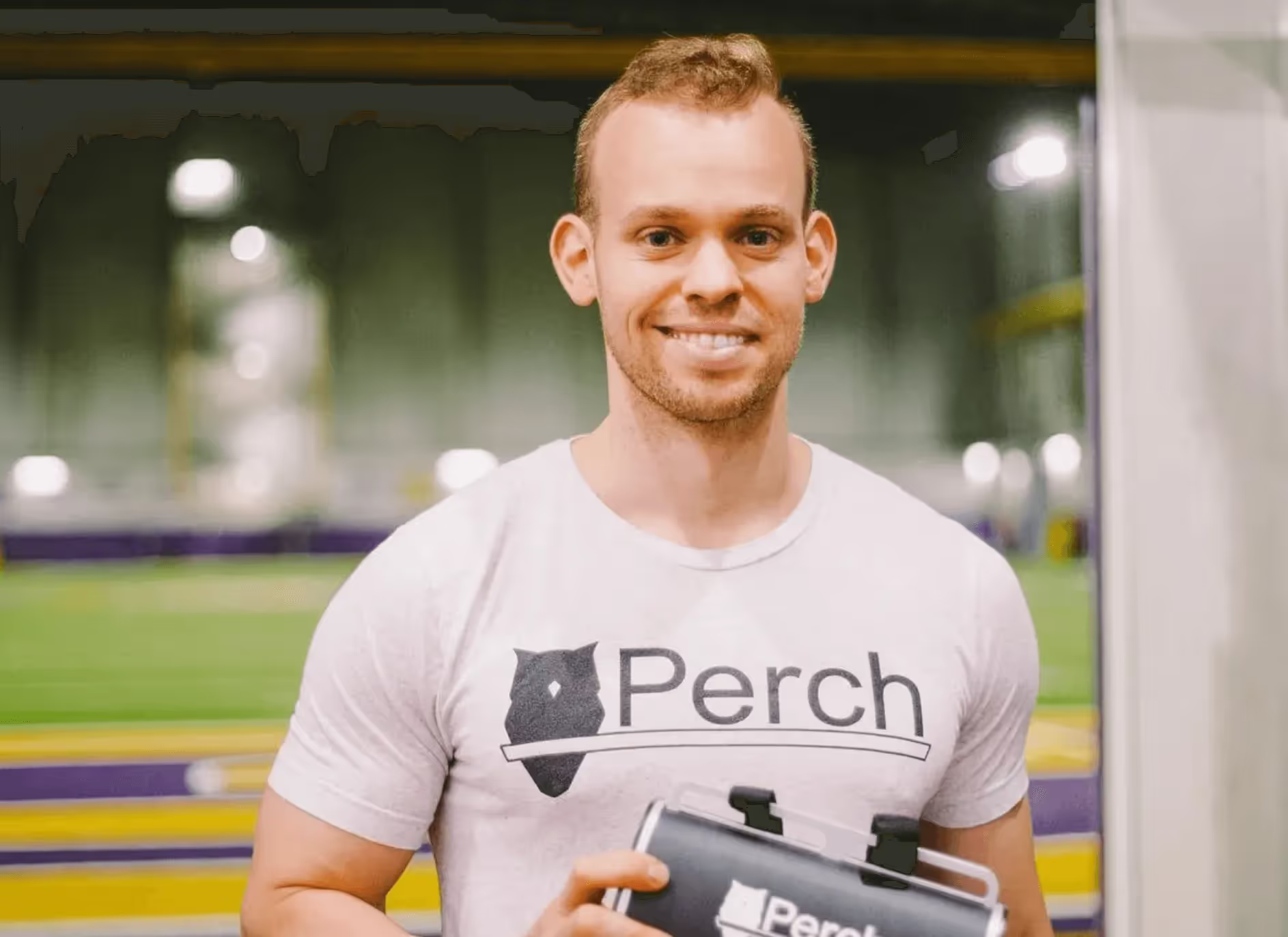





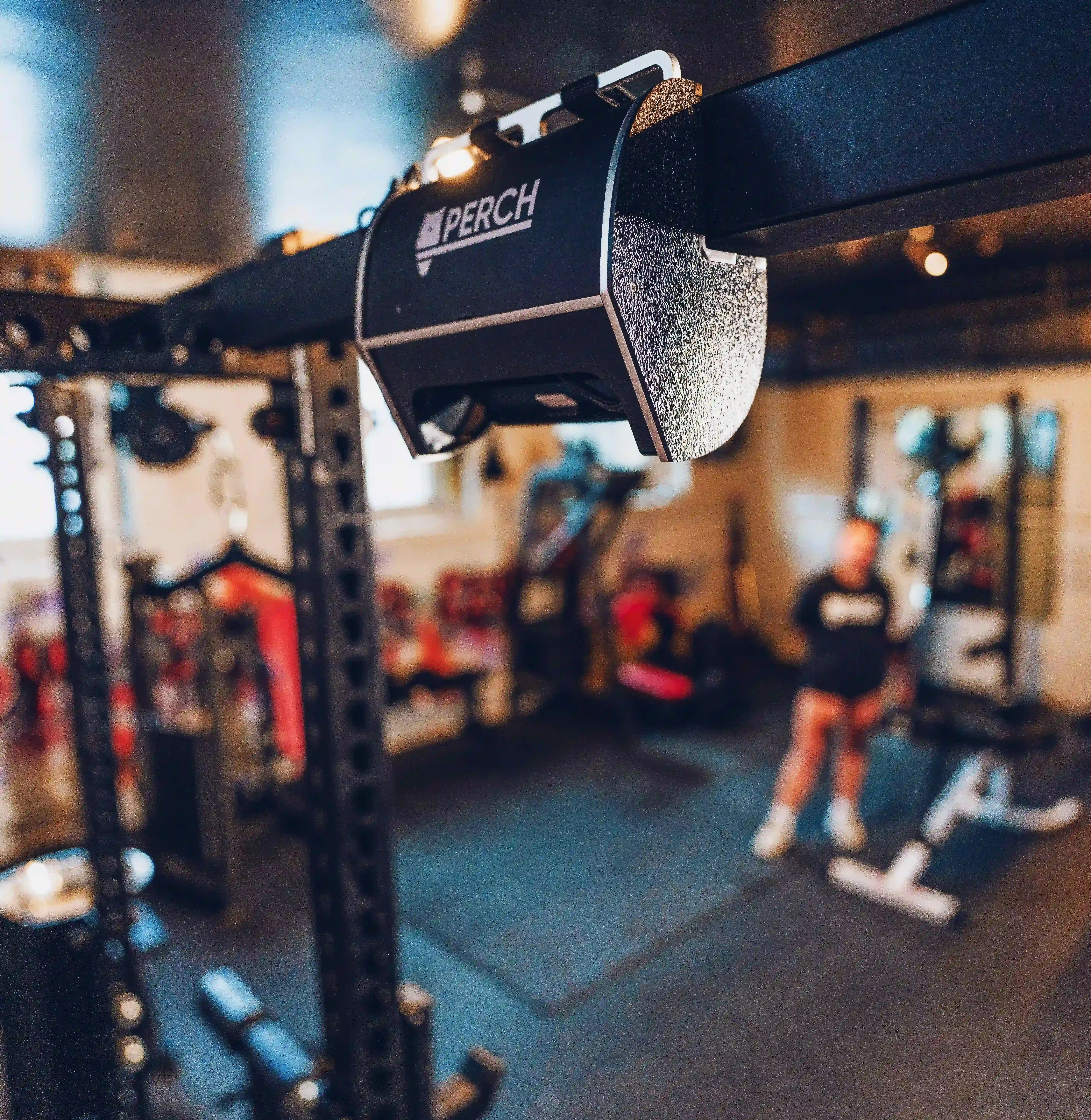


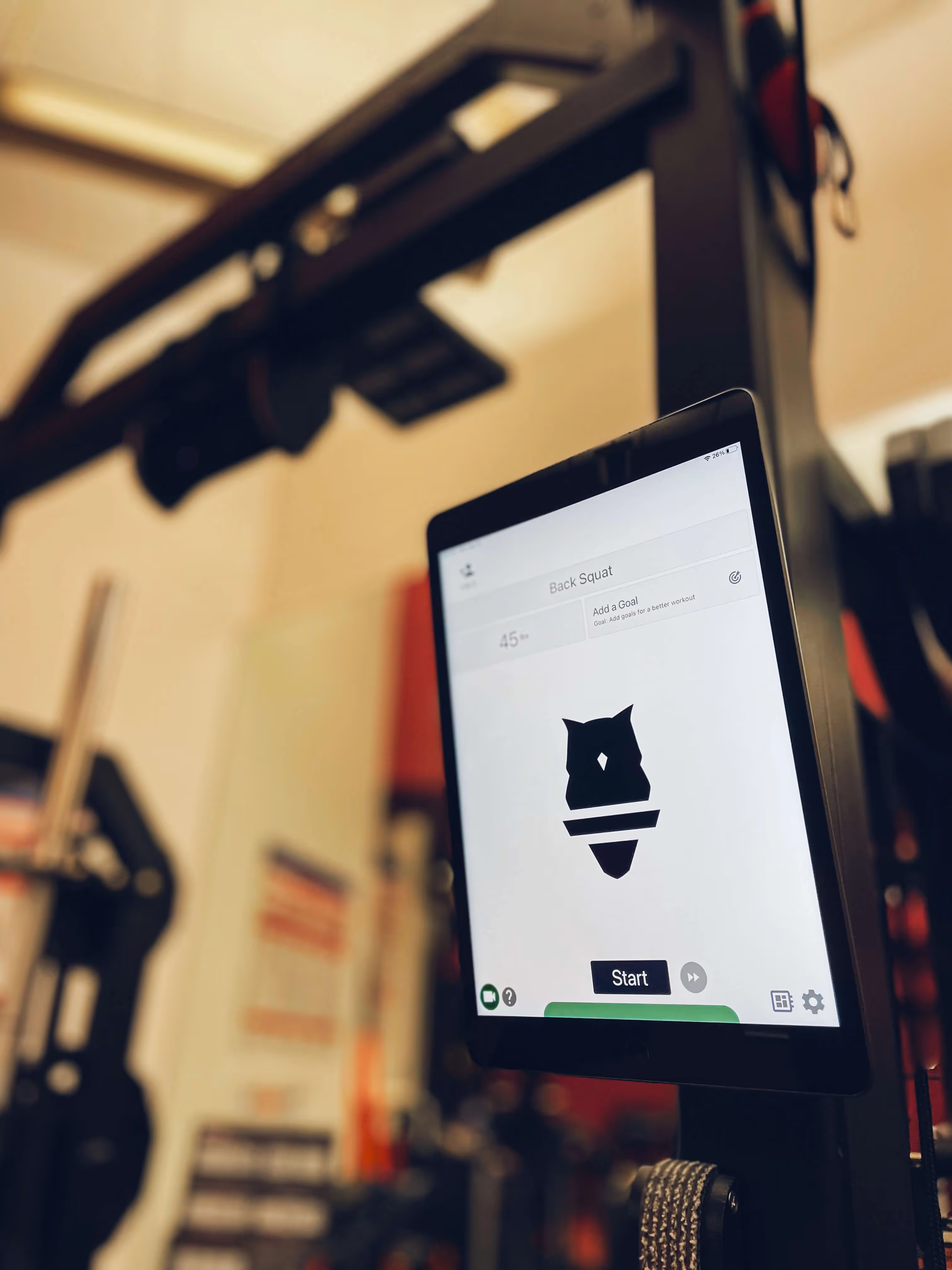




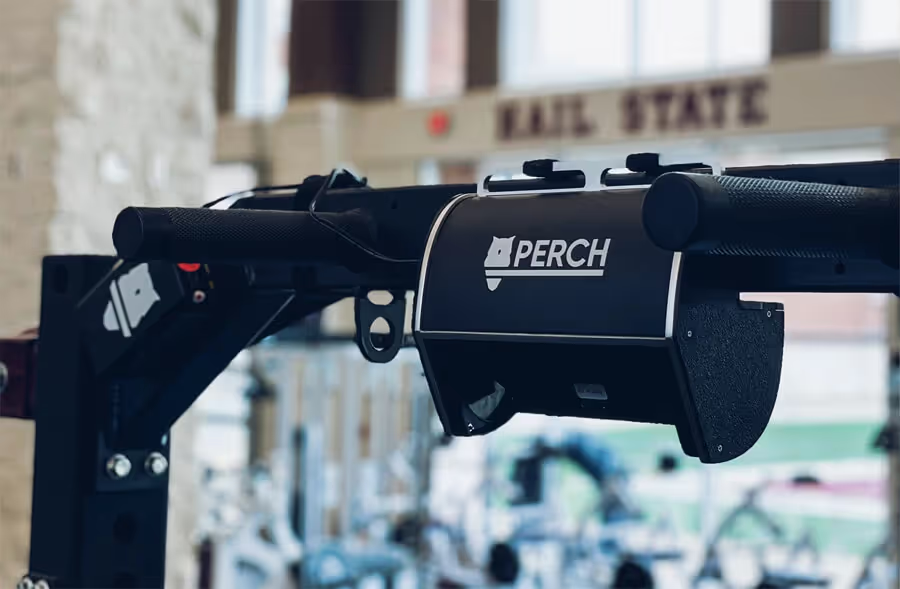



.avif)

